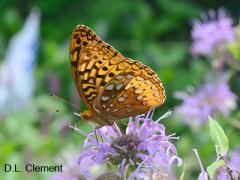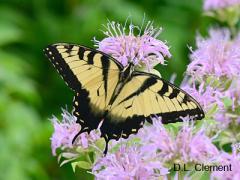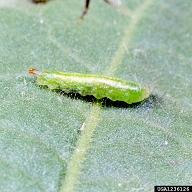Common pollinators found in Maryland
Bees and wasps (Order Hymenoptera)
Many people are frightened of paper wasp stings, but they can serve as fantastic pollinators and natural enemies in your garden.
-
Bees and wasps are both in the order Hymenoptera, which also includes ants.
-
Maryland has over 400 documented bee species, many of which are native. Wasps are closely related to bees and are important pollinators as well. Learn more: Sam Droege, Wildlife Biologist, The USGS Native Bee Inventory and Monitoring Program
-
All wasps and bees pupate, which means they undergo complete metamorphosis. Most bee and wasp larvae look like small, opaque worms.
-
Believe it or not, not all bees and wasps make social hives! Some species, like mining bees, are solitary, which means there is no caste system, therefore no queen, and each female lays her own eggs.
-
Bees are some of the best pollinators because they deliberately collect pollen as food for their young and themselves. They carry pollen on their bodies to the next plant and the cycle continues.
-
Wasps can be both pollinators and parasitoids and predators, serving the role of natural enemies and eating and helping to control a variety of garden pests.







